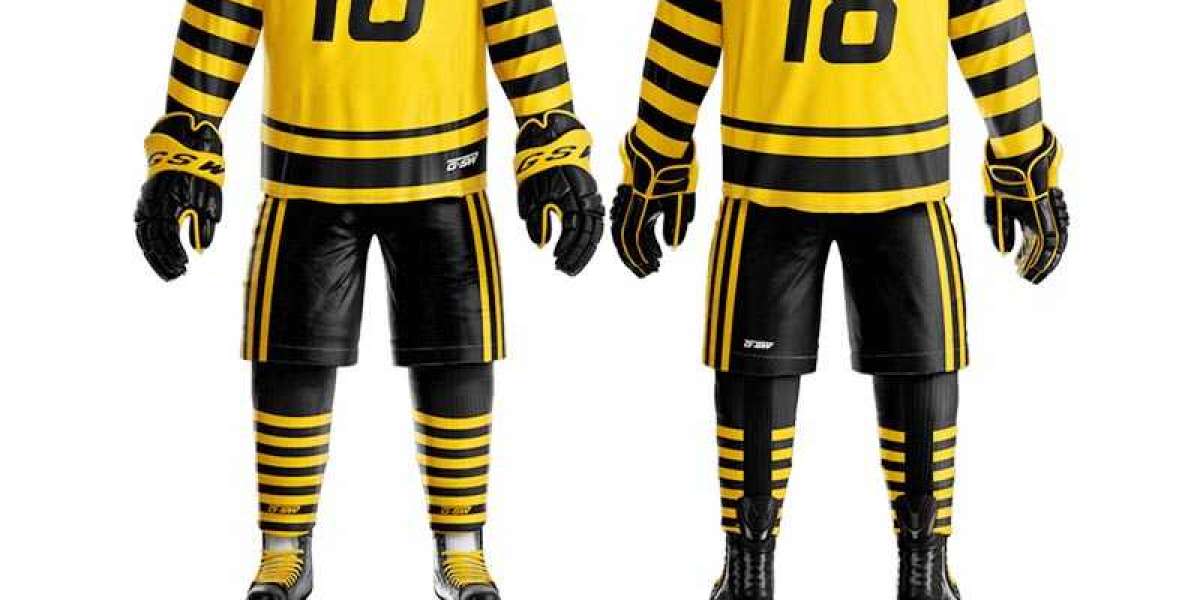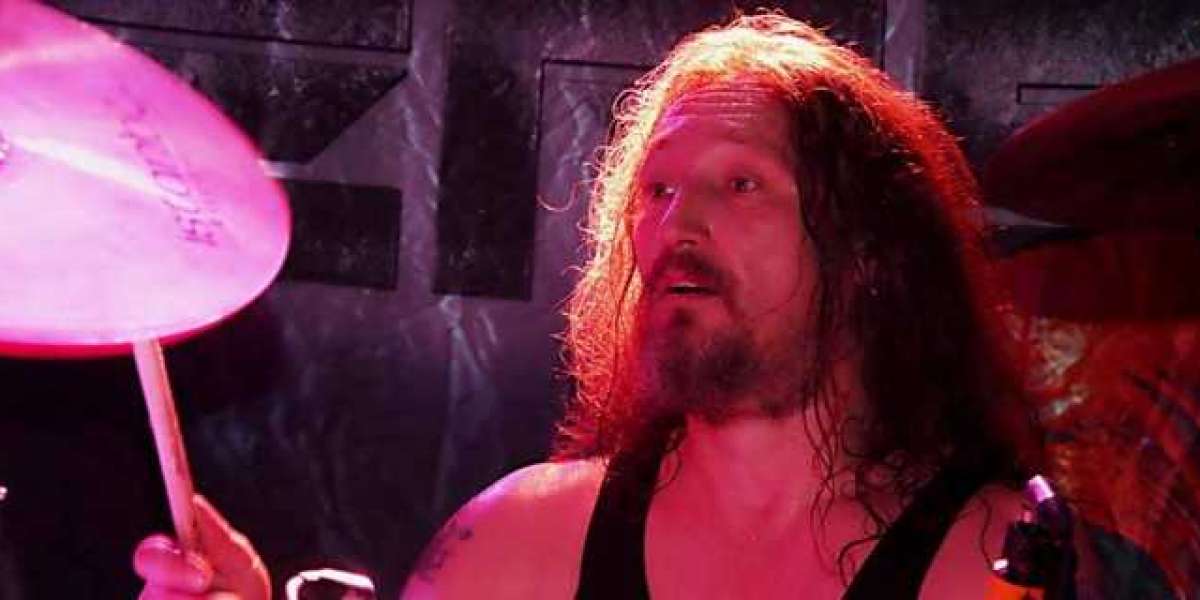Whether you're a player, coach, or fan, understanding the elements of a hockey uniform can enhance your appreciation of the sport. Ice hockey uniforms are a crucial aspect of the game, combining functionality, protection, and team identity.
- Components of an Ice Hockey Uniform
- Helmet: The helmet is one of the most critical pieces of protective gear. It is designed to absorb impacts and protect the player's head from injuries. Modern helmets often come equipped with a cage or shield to protect the face.
- Shoulder Pads: Shoulder pads protect the shoulders, chest, and upper arms from collisions and falls. They are designed to absorb shocks and distribute impact forces, minimizing the risk of injury.
- Elbow Pads: Elbow pads safeguard the elbows and forearms. They are padded and designed to protect against impacts with the ice, other players, and the boards.
- Gloves: Hockey gloves provide both protection and flexibility. They protect the hands and wrists while allowing players to handle the stick with precision.
- Jersey: The jersey is a key element of team identity, featuring the team's colors, logo, and player number. It is made from breathable materials to keep players cool and dry.
- Pants: Hockey pants offer protection for the hips, thighs, and lower back. They are padded to absorb impacts and allow for freedom of movement.
- Shin Guards: Shin guards protect the shins and knees from pucks, sticks, and collisions. They are essential for avoiding injuries in these vulnerable areas.
- Socks: Hockey socks are worn over the shin guards and are typically secured with garters or velcro straps. They help keep the shin guards in place and add an extra layer of protection.
- Skates: Skates are vital for movement on the ice. They feature a sturdy boot and a blade that is crucial for speed and agility. Proper fitting skates are essential for performance and safety.
- Jockstrap or Jill: The jockstrap (for men) or jill (for women) provides protection for the groin area. It is often worn with a protective cup.
2. Uniform Design and Customization
- Team Identity: Uniforms reflect the team's identity through colors, logos, and designs. Customization options allow teams to express their unique style and heritage.
- Comfort and Fit: A well-fitted uniform ensures comfort and mobility. Custom sizing and tailoring options help players perform at their best.
- Technology and Materials: Advancements in materials and technology have led to uniforms that are lighter, more breathable, and more durable. Modern fabrics wick away moisture and provide enhanced protection.
3. Maintenance and Care
Proper maintenance of hockey uniforms is essential for longevity and hygiene. Regular washing and careful handling will keep the uniform in good condition and ensure it remains effective in protecting players.
Conclusion
Ice hockey uniforms are more than just a costume; they are a critical part of a player's gear, designed for safety, comfort, and team representation. Understanding the components and features of a hockey uniform can help players and fans appreciate the role these uniforms play in the game. Whether you're stepping onto the ice or cheering from the stands, a well-designed uniform plays a key role in the excitement and enjoyment of ice hockey.








